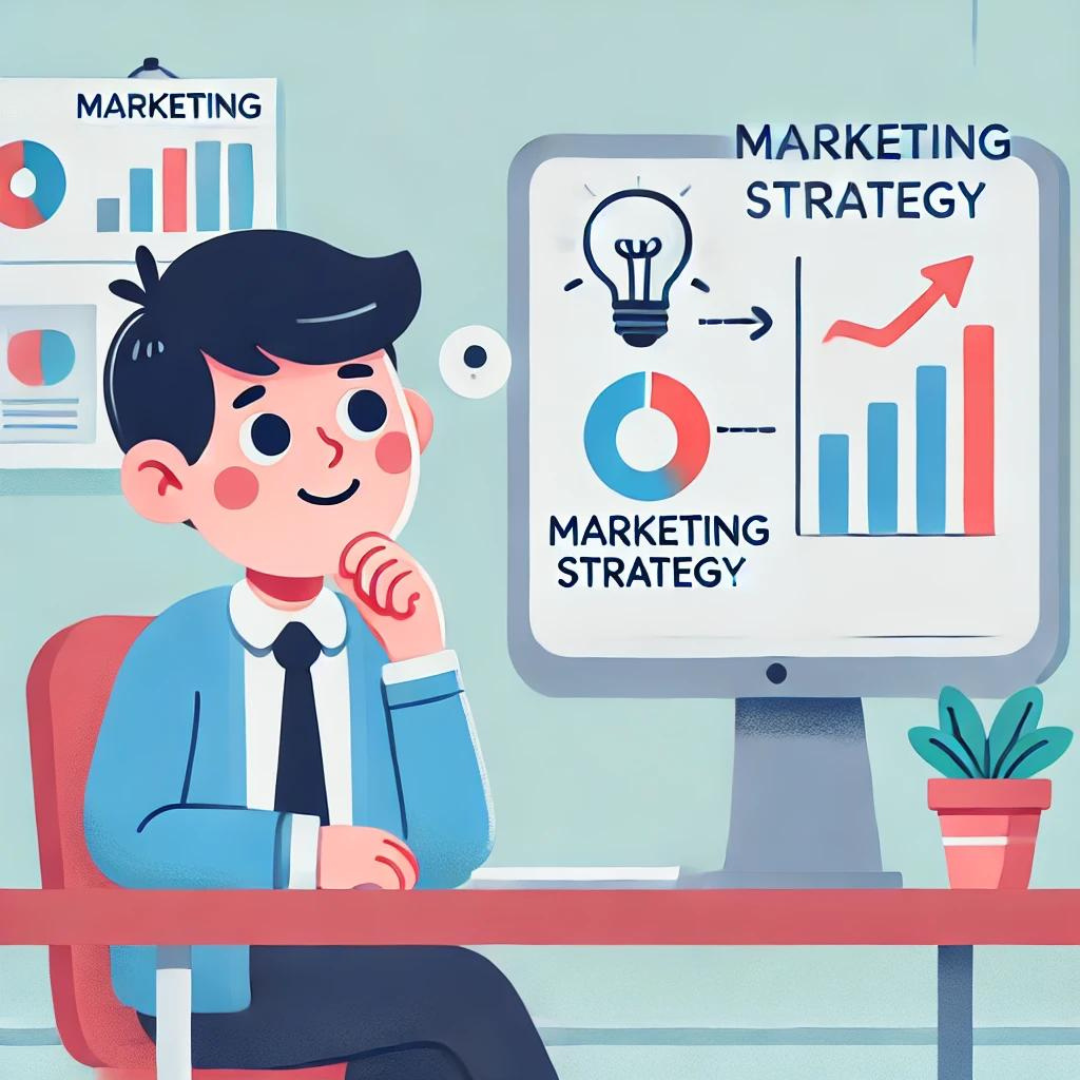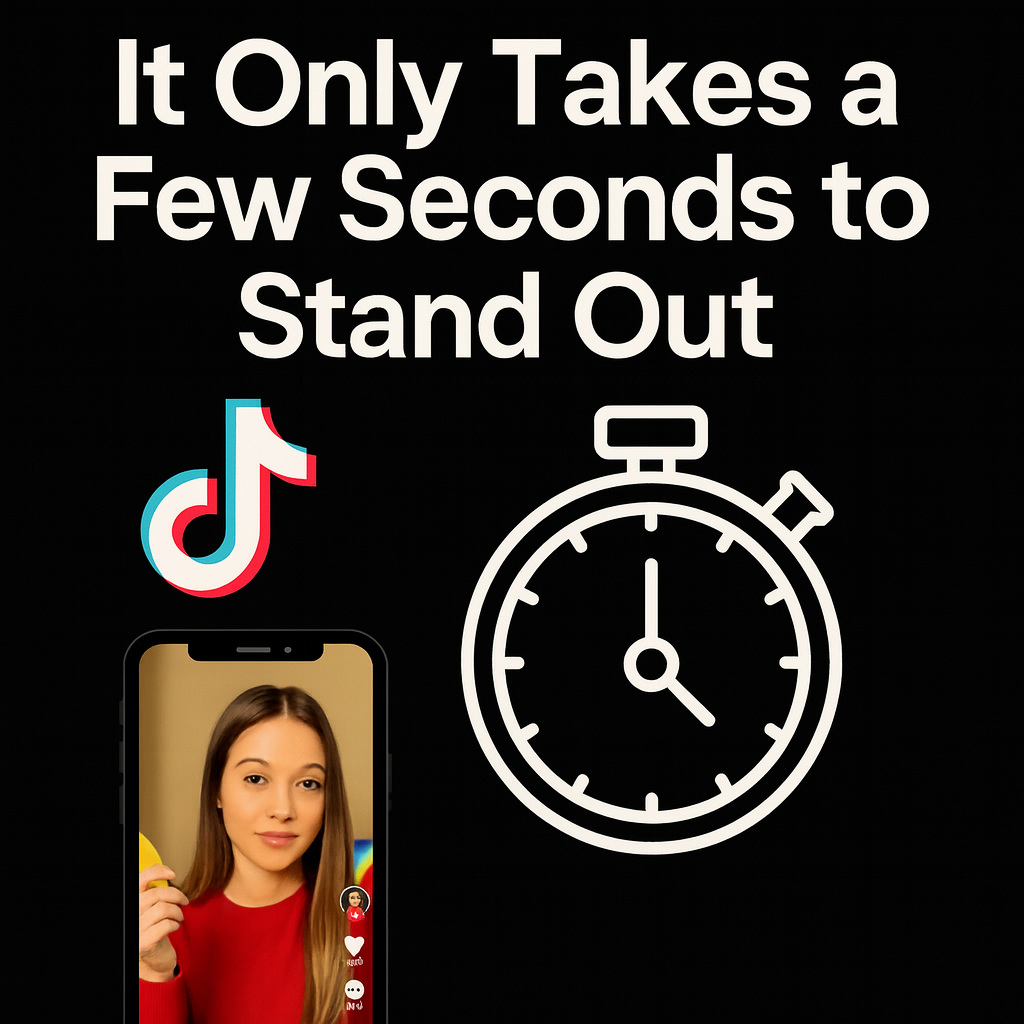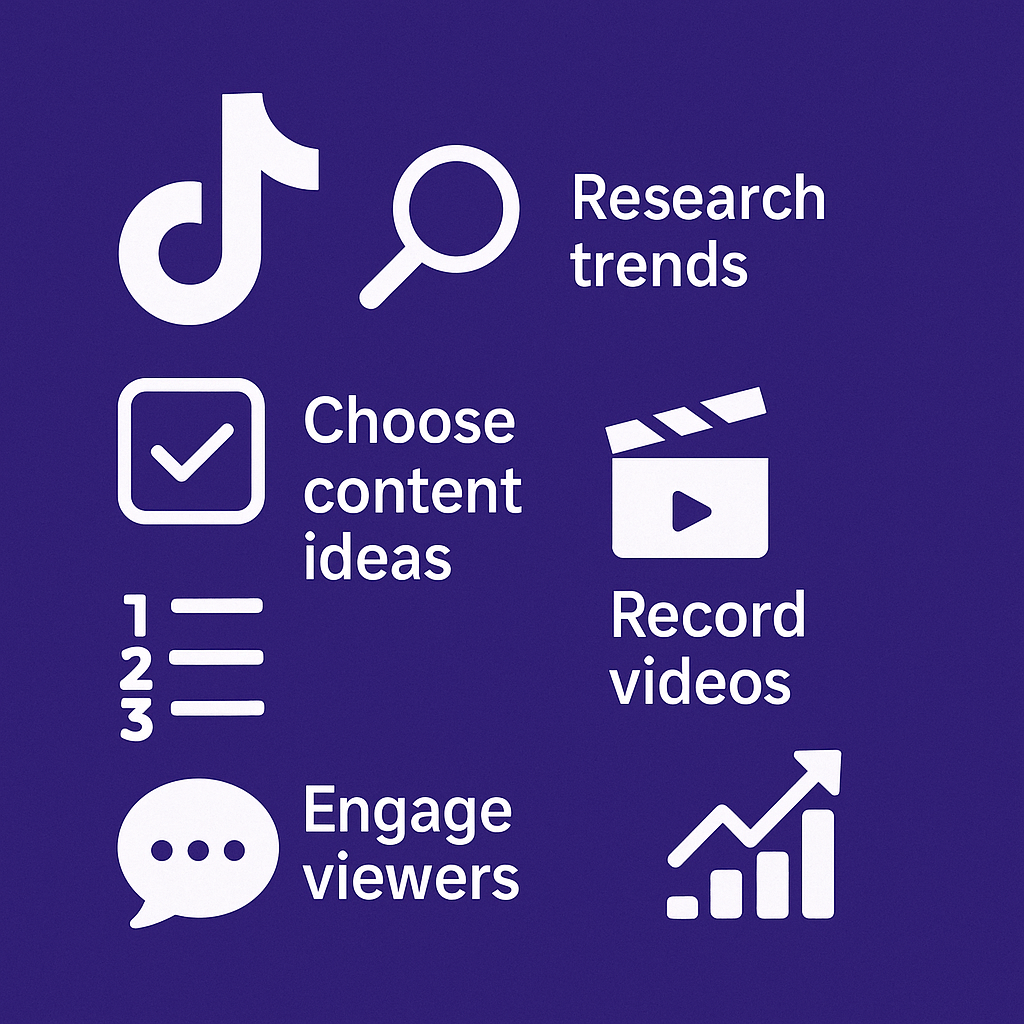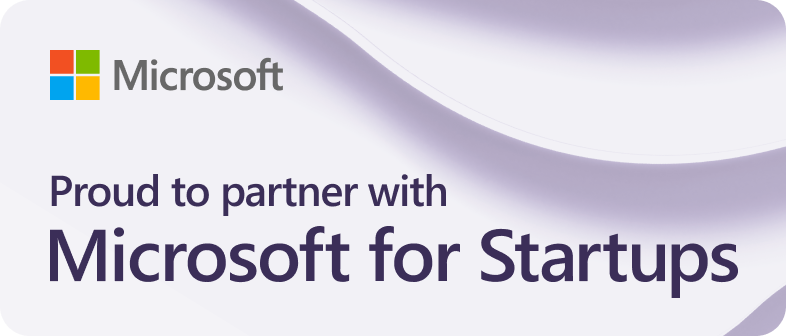Ever wondered why your marketing strategies aren’t hitting the mark?
While your efforts might seem solid, there’s a stark difference between your approach and the groundbreaking tactics employed by industry giants like Coca-Cola, Dove, and Old Spice.
These brands have cracked the code, leveraging powerful marketing strategies that not only capture attention but also drive massive engagement and loyalty.
If you’re tired of seeing your marketing efforts fall flat, it’s time to dissect and learn from the pros.
In this blog post, we’ll explore the marketing strategies that set these top brands apart and show you how to implement these winning techniques into your own business.
Get ready to boost your marketing game with insights from the best in the business.
Unlock the 6 Marketing Strategies of the Big Brands
Table of Contents
Personalized Marketing: The Coca-Cola Strategy You’re Overlooking
Coca-Cola’s “Share a Coke” campaign revolutionized personalized marketing by printing individual names on their products, making each bottle unique to its consumer. This simple yet effective strategy created a sense of personal connection and exclusivity among customers, driving sales and engagement through the roof.
The campaign initially launched in Australia in 2011 and quickly expanded globally due to its success.

Key platforms and channels used in this campaign included:
- Social Media: Coca-Cola leveraged platforms like Facebook, Instagram, and Twitter to create a buzz. They encouraged users to share photos of their personalized bottles using the hashtag #ShareACoke, which amplified the campaign’s reach and engagement.
- Experiential Marketing: The brand set up kiosks and pop-up events where customers could personalize their own Coke bottles. This hands-on approach allowed for a deeper connection and memorable experiences with the brand.
- Digital Integration: A dedicated website allowed consumers to search for names, create virtual Coke cans, and share personalized virtual bottles with friends, further extending the campaign’s digital footprint.
- Influencer Partnerships: Coca-Cola collaborated with celebrities and social media influencers to promote the campaign. This strategy helped to boost authenticity and reach a wider audience
- Integrated Advertising: The campaign was supported by TV commercials, print ads, billboards, and online advertisements, creating a comprehensive and cohesive marketing.

How to Incorporate Personalization into Your Marketing Strategies:
- Align Content with Preferences: Create content that aligns with the preferences, interests, values, and lifestyle of your target audience. Personalization isn’t just about names; it’s about making your audience feel seen and understood. Tailoring your marketing strategies to resonate with your target audience’s specific interests can significantly enhance engagement and loyalty.
- Leverage User-Generated Content: Feature your customers in your posts and stories. Encourage them to share their experiences with your product or service, and highlight these moments to build a community around your brand. User-generated content not only provides authentic testimonials but also fosters a sense of belonging and loyalty among your customers.
- Use Data-Driven Insights: Utilize data analytics to understand your customer journey touchpoints and tailor your messaging accordingly. By analyzing customer data, you can identify patterns and preferences that can help you create more personalized and effective marketing strategies.
- Implement AI for Personalization: Incorporate AI tools into your social media management to deliver personalized content at scale. AI can help analyze customer behavior and preferences, allowing you to create targeted content that resonates with each segment of your audience.
By embracing these personalized marketing strategies, you can create a more meaningful connection with your customers, much like Coca-Cola did with their “Share a Coke” campaign. This approach not only enhances customer satisfaction, but also drives long-term loyalty and engagement.
Humor in Marketing: What Old Spice Gets Right and You Get Wrong
Old Spice’s “The Man Your Man Could Smell Like” campaign is a masterclass in using humor to revitalize a brand and engage a modern audience.
Do you struggle with managing multiple social media platforms for your brand's presence?
The Sociosight app can help you simplify the process and save you time. With Sociosight, you can publish, schedule, and monitor posts and engage with your followers across multiple social media platforms, all from one dashboard.
Get started today with a free sign-up!
Register Now for Free

Launched in 2010, this campaign featured the charismatic and humorous Isaiah Mustafa, who became the iconic “Old Spice Guy.”
The commercials, which began with the now-famous line, “Look at your man, now back to me,” used a clever combination of humor, fast-paced transitions, and absurd scenarios to captivate viewers.

Key Platforms and Channels Used:
- Television: The campaign debuted during Super Bowl XLIV, instantly reaching millions of viewers. This high-profile launch provided a massive initial boost in visibility.
- YouTube: The commercials were uploaded to YouTube, where they quickly went viral. The initial video garnered over 40 million views, making it one of the most-watched videos on the platform at the time.
- Social Media: Old Spice extensively used platforms like Twitter and Facebook. They created personalized video responses to tweets from fans, celebrities, and even brands, further amplifying the campaign’s reach and engagement.
- Interactive Digital Campaigns: Old Spice integrated online elements by encouraging fans to interact with the brand and share their experiences. This approach fostered a strong sense of community and brand loyalty.
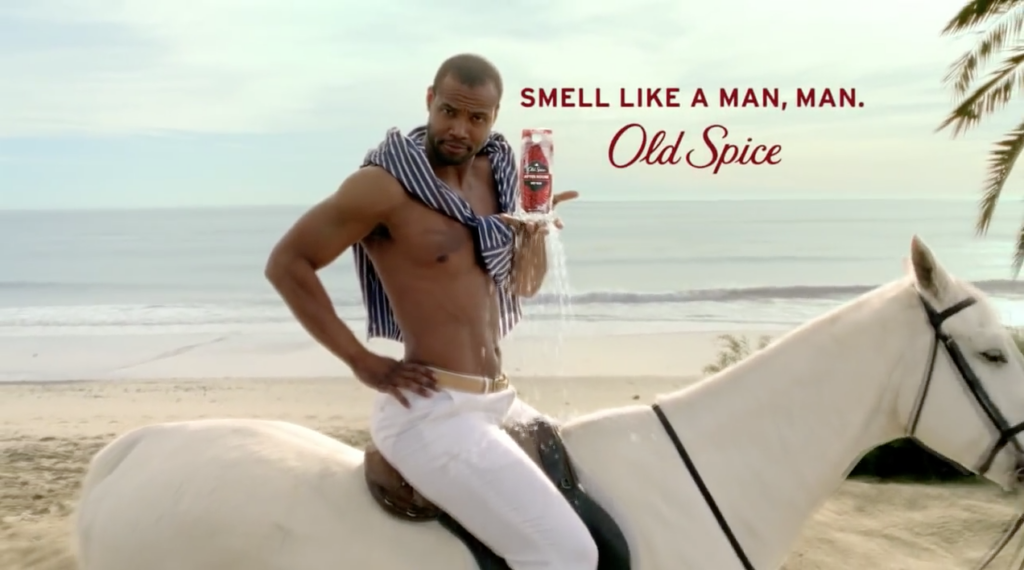
How to Infuse Humor into Your Marketing Strategies:
- Create Relatable and Entertaining Content: Humor resonates when it is relatable and entertaining. Create content that reflects the interests and humor of your target audience. Old Spice’s commercials used exaggerated masculine stereotypes in a playful way that appealed to both men and women.
- Utilize Social Media for Real-Time Engagement: Old Spice’s real-time responses to tweets with personalized videos created a dynamic and interactive brand presence. Engage with your audience on social media platforms to create memorable interactions and foster loyalty.
- Leverage High-Impact Launches: Launching during high-visibility events like the Super Bowl can give your campaign an initial boost. If a similar event isn’t feasible, consider other high-traffic periods or platforms where your target audience is most active.
- Maintain a Consistent and Memorable Character: The character of the Old Spice Guy was central to the campaign’s success. Develop a consistent and memorable character or spokesperson for your brand who can deliver your message with the right tone and personality.
- Encourage User-Generated Content: Invite your audience to participate in your campaign. Old Spice encouraged fans to share their own videos and interact with the brand, creating a wave of user-generated content that further promoted the campaign.
By integrating humor into your marketing strategies, you can create content that not only captures attention but also fosters a strong connection with your audience, much like Old Spice did. This approach not only enhances brand perception, but also drives significant engagement and loyalty.
Emotional Marketing: How Dove’s Real Beauty Campaign Changed the Game
Dove’s “Campaign for Real Beauty,” launched in 2004, is a prime example of emotional marketing done right.
The campaign aimed to challenge conventional beauty standards and empower women to embrace their natural beauty.
By featuring real women of diverse shapes, sizes, and ethnicities, Dove created a powerful emotional connection with its audience, fostering a sense of authenticity and inclusivity.

Key Platforms and Channels Used:
- Television: The campaign included impactful TV commercials, such as the iconic “Evolution” ad, which showcased the transformation of a woman through extensive makeup and photo editing, highlighting unrealistic beauty standards.
- YouTube: Dove utilized YouTube to share viral videos, like the “Real Beauty Sketches,” which became one of the most-watched videos in the world. These videos resonated deeply with viewers, driving home the message of self-acceptance and real beauty.
- Social Media: Platforms like Facebook, Instagram, and Twitter were integral to the campaign. Dove engaged with users through hashtags like #RealBeauty and #SpeakBeautiful, encouraging women to share their own stories and experiences. This user-generated content amplified the campaign’s reach and impact.
- Partnerships and Collaborations: Dove partnered with organizations like Getty Images and Cartoon Network’s “Steven Universe” to promote body confidence and self-esteem among young people, further extending the campaign’s reach and influence.

How to Use Emotions in Your Marketing Strategies:
- Understand Emotional Triggers:
Gain a deep understanding of your target audience’s emotional triggers, aspirations, and pain points. Incorporate this understanding into your customer journey map to ensure your messaging resonates at every touchpoint. Dove’s campaign successfully tapped into the widespread issues of self-esteem and body image, creating a message that resonated on a personal level with many women.
- Create Authentic Content:
Use real stories and authentic experiences to connect with your audience. Utilize a copywriting formula like AIDA (Attention, Interest, Desire, Action) to highlight these authentic moments.
For example:
- Attention: Start with a powerful image or headline that grabs attention. Example: A stark, untouched photo of a diverse group of women, accompanied by the headline, “What is real beauty?”
- Interest: Share a relatable story that engages the audience. Example: “Meet Sarah, a woman who, like many of us, has struggled with self-esteem due to society’s unrealistic beauty standards.”
- Desire: Highlight the emotional benefits of embracing real beauty. Example: “By embracing her natural beauty, Sarah has found newfound confidence and self-love.”
- Action: Encourage the audience to join the conversation by sharing their own stories. Example: “Join Sarah and thousands of others in redefining beauty. Share your story with #RealBeauty.”
Dove’s decision to feature real women rather than models helped establish trust and relatability, enhancing the emotional impact of their message.
- Leverage Multi-Channel Campaigns:
Integrate your marketing efforts across various platforms to create a cohesive and widespread message. This approach ensures that your customer journey is seamless and your message is reinforced at every stage. Dove’s use of television, social media, and digital content ensured that their message reached a broad audience and maintained consistent engagement.
- Encourage User Participation:
Foster a sense of community and involvement by encouraging your audience to share their own stories and experiences. This strategy helps in creating a detailed customer persona that can inform future campaigns. Dove’s campaigns invited women to participate and share their views on beauty, making them feel part of a larger movement.
- Focus on Empowerment:
Instead of leveraging fear or insecurity, focus on empowering your audience. Develop a copywriting formula that emphasizes positive and empowering messages. For example, using the PAS (Problem, Agitation, Solution) formula:
- Problem: Highlight the issue of unrealistic beauty standards. Example: “Unrealistic beauty standards are affecting women’s self-esteem worldwide.”
- Agitation: Discuss the negative impact these standards have on self-esteem. Example: “Many women feel pressured to meet these impossible ideals, leading to anxiety and low self-worth.”
- Solution: Present Dove’s message of real beauty and self-acceptance as the empowering alternative. Example: “Dove believes in celebrating real beauty. Join us in embracing your true self.”
Dove’s positive messaging around self-acceptance and real beauty not only differentiated their brand but also built a loyal customer base.
By incorporating these emotional marketing strategies, you can create campaigns that not only capture attention, but also build deep, lasting connections with your audience, much like Dove did with their “Campaign for Real Beauty.” This approach can significantly enhance your brand’s relevance and customer loyalty.
Storytelling Marketing: Airbnb’s Secret to Captivating Audiences
Airbnb’s “Made Possible by Hosts” campaign is a stellar example of storytelling marketing, demonstrating how authentic narratives can captivate audiences and drive engagement.
Launched in 2021, this campaign aimed to highlight the unique experiences created by Airbnb hosts, emphasizing the personal connections and memorable moments that make stays special.

Key Platforms and Channels Used:
- YouTube: Airbnb released a series of videos featuring real guests and hosts, showcasing their genuine experiences. These videos captured heartfelt moments and were pivotal in conveying the campaign’s message of meaningful travel.
- Social Media: Platforms like Facebook, Instagram, and Twitter were extensively used to share user-generated content. Hosts and guests shared their stories using hashtags like #MadePossibleByHosts, creating a community-driven narrative that resonated with a wide audience.
- Television: The campaign included TV ads that were aired in multiple countries, including the USA, UK, Australia, Canada, and France. These ads featured real-life stories and picturesque locations, further reinforcing the campaign’s authenticity and appeal.
- Digital Advertising: Airbnb employed targeted digital ads across various websites and search engines, ensuring the campaign reached a broad audience. This strategy helped attract both potential hosts and travelers looking for unique and personal travel experiences.

How to Incorporate Storytelling into Your Marketing Strategies:
- Showcase Real Stories: Use authentic stories from your customers to create content that feels genuine and relatable. Airbnb’s campaign focused on real guests and hosts, sharing their personal experiences and the unique connections they made. This approach humanizes your brand and builds trust with your audience.
- Leverage User-Generated Content: Encourage your customers to share their experiences on social media. This not only provides authentic content but also fosters a sense of community around your brand. Airbnb’s use of hashtags and social media engagement helped amplify their message and reach a larger audience.
- Integrate Across Multiple Channels: Ensure your storytelling is consistent across all platforms. Airbnb’s campaign was visible on YouTube and other social media platforms, television, and digital ads, providing a cohesive message that reinforced their brand values at every touchpoint. This multi-channel approach ensures your audience receives a unified and powerful message.
- Create Emotional Connections: Focus on the emotional aspects of your customers’ experiences. Highlighting the joy, connection, and unique moments they share with your product or service can create a deeper bond with your audience. Airbnb’s campaign tapped into the nostalgia and personal significance of travel, resonating emotionally with viewers.
By implementing these storytelling strategies, you can create a compelling narrative that engages your audience and builds lasting relationships, much like Airbnb did with their “Made Possible by Hosts” campaign. This approach not only enhances brand perception but also drives meaningful engagement and loyalty.
Creative Content Marketing: Nutella’s Recipe for Social Media Success
Nutella has mastered the art of creative content marketing by leveraging fun, interactive, and community-driven strategies to engage its audience and build brand loyalty.

Here’s how Nutella’s creative approach has led to significant success:
Key Platforms and Channels Used:
- Social Media: Nutella’s social media strategy revolves around engaging and interactive content. The brand encourages followers to share their own Nutella-based creations, fostering a sense of community and making the audience feel like part of the brand story. This user-generated content is a core element of their strategy, driving increased engagement and brand loyalty.
- Collaborations and Partnerships: Nutella collaborates with celebrities and influencers to amplify their reach. For example, in India, Nutella partnered with popular actor Ranveer Singh for the #FlipThePancake campaign on World Nutella Day, which included limited-edition Nutella jars featuring his image. This partnership not only boosted brand visibility, but also resonated well with Nutella’s target audience.
- Interactive Campaigns: Nutella’s campaigns often include interactive elements that encourage participation from their audience. The “50 Years Full of Stories” campaign, for instance, invited fans to share their memories and stories involving Nutella, which were then featured across Nutella’s digital platforms. This approach not only created a wealth of engaging content but also strengthened the emotional connection between the brand and its consumers.

How to Infuse Creativity into Your Marketing Strategies:
- Encourage User-Generated Content: Motivate your audience to share their own experiences with your product. Nutella’s success with user-generated content highlights the power of community-driven marketing. Encourage your customers to share photos, videos, and stories about how they use your product, and feature these contributions on your platforms.
- Leverage Influencer Partnerships: Collaborate with influencers and celebrities who resonate with your brand values and target audience. Nutella’s partnership with Ranveer Singh is a prime example of how a well-chosen ambassador can amplify your brand’s reach and appeal.
- Create Interactive and Engaging Campaigns: Design campaigns that require active participation from your audience. Interactive elements such as challenges, contests, and user-generated content can significantly enhance engagement. Nutella’s campaigns, like #FlipThePancake, not only engage the audience but also create memorable brand experiences.
- Utilize Multiple Channels: Ensure your content is shared across various platforms to maximize reach. Nutella’s strategy includes a mix of social media, digital advertising, and collaborations to ensure their message is consistent and widespread.
By incorporating these creative content marketing strategies, you can enhance your brand’s visibility, engage your audience more effectively, and build a loyal customer base, just like Nutella. This approach ensures that your marketing strategies are not only creative but also impactful, driving long-term success.
Referral Marketing: Why Lyft’s Tactics Lead to Explosive Growth
Lyft has utilized a robust referral marketing strategy to significantly grow its user base by leveraging both passenger and driver referrals.
Here’s an in-depth look at how Lyft’s approach has led to their remarkable success:
Key Platforms and Channels Used:
- Mobile App Integration: Lyft’s referral program is seamlessly integrated into their mobile app, making it easy for users to share referral codes directly from the app. This integration ensures a smooth user experience and maximizes the likelihood of referrals.
- Social Media: Lyft actively promotes its referral program across social media platforms, encouraging users to share their referral codes on Facebook, Twitter, and Instagram. This strategy not only increases the reach of their referral program but also engages users in a social context.
- Email Marketing: Lyft uses targeted email campaigns to remind users about their referral program and to encourage them to share their referral codes with friends and family. These emails often highlight the benefits of referring new users, such as free ride credits.
- Partnerships and Events: Lyft partners with brands and events to enhance its referral marketing efforts. For example, collaborations with popular shows like Netflix’s “Stranger Things” have included themed in-app features and promotional events, which boost visibility and engagement.

How to Leverage Referrals in Your Marketing Strategies:
- Offer Attractive Incentives: Lyft provides significant incentives for both referrers and new users. For instance, referring a friend can earn the referrer free ride credits, while the new user also receives ride credits upon signing up. This dual-sided reward system motivates users to participate actively.
- Ensure Ease of Sharing: Make it simple for users to share their referral codes. Lyft’s in-app sharing options, coupled with integration on social media platforms, facilitate easy dissemination of referral codes. Ensuring that referral links are easy to share via multiple channels can significantly increase the program’s effectiveness.
- Create Shareable Content: Develop engaging content that users want to share. Lyft’s use of user-generated content, featuring real stories from drivers and passengers, helps build authenticity and trust. Encouraging users to share their positive experiences can enhance the credibility of your referral program.
- Utilize Data and Personalization: Personalized messages can significantly boost the success of referral programs. Lyft’s referral communications often include personalized incentives and tailored messages that resonate with individual users, making them more likely to share their referral codes.
- Track and Optimize: Continuously monitor the performance of your referral program and make necessary adjustments. Use analytics to track the success of referral codes and understand which channels are most effective. Lyft regularly reviews its referral program to ensure it meets user needs and maximizes engagement.
By implementing these referral marketing strategies, you can create a robust program that drives user acquisition and engagement, similar to how Lyft has successfully expanded its customer base. This approach not only increases the number of new users, but also builds a loyal and active community around your brand.
Key Takeaways: Boost Your Marketing Game with Insights from Top Brands
Learning from top brands, you can experience six different marketing strategies:
- Personalized Marketing: Personalizing your marketing messages can create a strong emotional connection with your audience. Coca-Cola’s “Share a Coke” campaign used personalized product labels to engage customers directly.
- Humorous Marketing: Using humor in your marketing can capture attention and foster brand recall. Old Spice’s humorous ads with memorable characters are a prime example.
- Emotional Marketing: Building deep emotional connections through authentic content can drive significant engagement. Dove’s “Real Beauty” campaign emphasized real, empowering stories.
- Storytelling Marketing: Compelling storytelling can create strong narratives that resonate with your audience. Airbnb’s “Made Possible by Hosts” campaign highlighted authentic host and guest experiences.
- Creative Content Marketing: Developing interactive and engaging content can foster community and brand loyalty. Nutella’s user-generated content and influencer partnerships have driven significant engagement.
- Referral Marketing: Utilizing referral programs can expand your customer base through word-of-mouth. Lyft’s incentivized referral program has been highly successful in driving new user acquisition.
From these brands, we also learn the platforms they use to deliver their campaigns, such as:
- Website: Serves as a central hub for content and information.
- Social Media: Facebook, Instagram, Twitter, YouTube, and other social media platforms are essential for engagement and reach.
- Digital Advertising: Offers broad reach and targeted campaigns.
- Email Marketing: Provides personalized communication and retention.
- Experiential Events: Allows for direct engagement and creating memorable brand experiences.
When it comes to social media, managing content across multiple platforms effectively requires tools for social media content management. Engaging with your audience through thoughtful social media engagement strategies is crucial for building a loyal community. Tools like Sociosight can help streamline the content batching process, scheduling, and engagement, making it easier to maintain a consistent presence across platforms.
Final Conclusion: Focus on Audience Research, Content, Engagement, and Collaboration
To achieve success with these marketing strategies, focus on:
- Audience Research: Understand your target audience’s preferences, behaviors, and needs to tailor your marketing efforts effectively.
- Content: Create high-quality, relevant, and engaging content that resonates with your audience.
- Engagement: Foster meaningful interactions with your audience to build loyalty and community.
- Collaboration and Partnership: Collaborate with influencers, partners, and your audience. Encourage user-generated content to build a sense of community and trust.
- Platform Management: Utilize a mix of platforms, such as websites, social media, digital advertising, email marketing, and experiential events, to reach and engage your audience effectively.
By incorporating these strategies and leveraging the appropriate platforms, you can transform your marketing efforts and achieve significant growth and engagement, just like the top brands. Are you ready to try one of these marketing strategies? Share your comments below or DM us at IG @Sociosight.Co.




